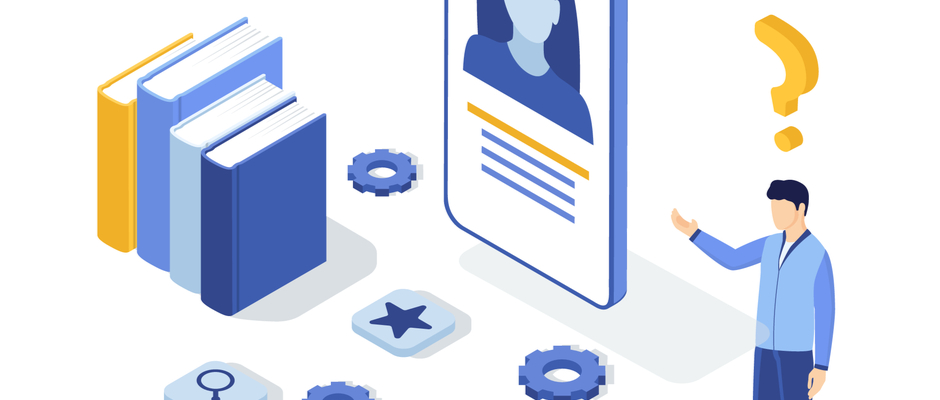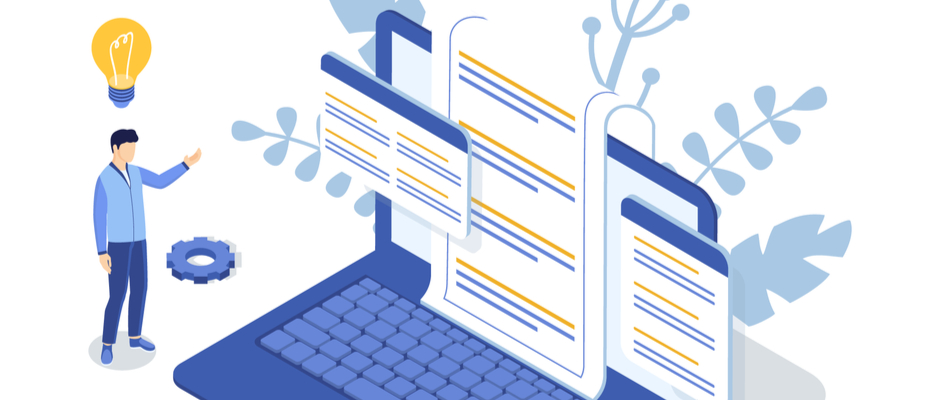"The lady doth protest too much, methinks." -Shakespeare, Hamlet
For well over one hundred years, salespeople have started their sales pitches by answering “why us,” pointing out all of the good things about their company and their products, as well as the advantages they provide their clients. Recently, a lot of people have recommended pushing that conversation much later in the process. Some, however, have moved the "why us" pitch (as that is what it is) to the end of the first call, as a way to demonstrate they can solve the client's problem.
Here’s the truth: by the time you make the "why us" pitch at the end of your first meeting, it’s already too late to do any good. Instead, you need to prove why your company is the best partner throughout your sales conversation.
Why the Why Us Pitch Provides No Real Value
Some salespeople end their first conversation with “why us” because they want the client to believe that they can solve their problem, so they can more easily pivot to the next meeting. But if you really feel the need to tack on a reason the client should buy from you, that’s strong evidence that you haven’t already proven it in the conversation. The value you’ve already provided your client should be more than enough to earn a second meeting, no matter how many advantages you think your solution would give them.
This trend exposes just how little legacy sales conversations do besides identify the client's problem, something that once was a best practice but is now an impotent approach that creates no real value for the client. Let's call this the "problem habit," the belief that all that is necessary to create an opportunity is to identify a problem. If your conversation can’t move past problem identification to improve how your client understands their world, it was not valuable enough to deserve a next step.

What You Project in the Sales Call
You project a certain weakness by pitching why your client should buy from you in early conversations. Most clients have learned to recognize and tune out certain pitch-centered talk tracks, much the same way they instantly delete obvious spam. Some, however, will wonder why you need to share this manifestly value-free information in the context of a different conversation. No matter how humble your approach, talking about what makes your company great doesn't make the experience of sales call great—and it certainly won’t make your second meeting great again.
You also cause your contacts to feel like you’d rather pitch than problem-solve. An early pitch puts you out of sync in the conversation, getting way out in front of your client like someone who brings an engagement ring on their first date. Whenever you outpace your contact, you disconnect from them, showing them that you prioritize enriching your outcomes over improving their results.
The Only Proof You'll Ever Need
The only compelling proof that your client should move forward with you is the value you created for them within the confines of the sales conversation. Braggarts insist that they’re great because they don't believe that anyone else really buys it. The more you identify external factors as the reason for your client to buy from your company, the more you broadcast that the value you create is insufficient to earn the client's business. That mindset is at odds with the reality of B2B sales: you are solely responsible for leading a conversation that would cause your client to believe they should buy from you.
The only vehicle you have for creating and winning deals is the sales conversation. Unless your prospective client directly and explicitly asks you the question, "why should I buy from your company," you should postpone that conversation until after you have more valuable conversations about the client's world, the nature of their problems, the forces and trends that cause the heavy headwinds, and how best to make the decisions that will allow them to improve their outcomes.

When to Pitch the "Why Us" in Sales
Let’s fast-forward a few conversations. You've done the work of providing value, and now you are presenting your client with the project proposal and roadmap that will provide the better results. Without using a "why us" slide, you can tie your company’s reputation and characteristics to the client's outcomes. The fact that your company has been in business for twenty-two years, for example, might tie nicely to the idea you know exactly what problems to expect and have the resources to ensure they don't derail your client's initiative. If you've got the chops, you can also go through all the conversations you’ve already had with the client, reminding them of what you’ve already accomplished together to show that you’re the perfectly positioned partner to improve their results.
The best way to prove "why us" is to create so much value in every interaction that you never have to say it. When you can provide such a superior prospective client experience that your contact can’t wait to open their calendar and take the next step, you’ve proven your worth far better than any slide deck ever could. So stop worrying about your company’s history, determine what your client needs in each conversation, and then deliver it.











